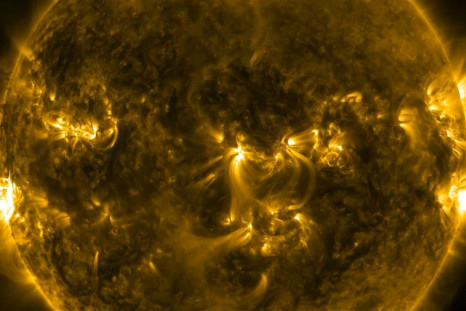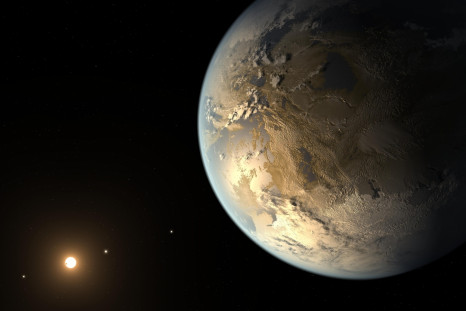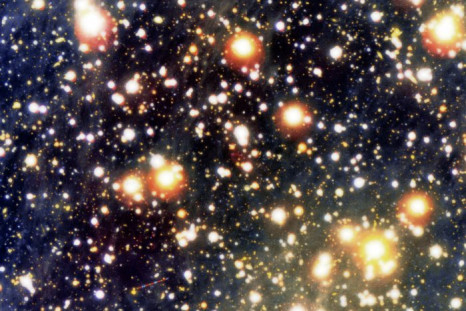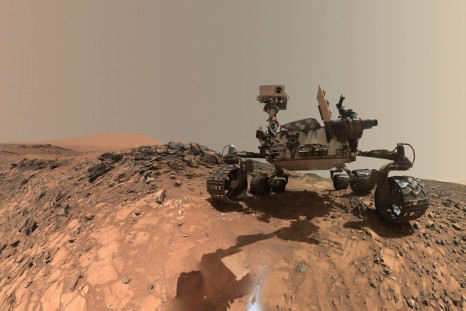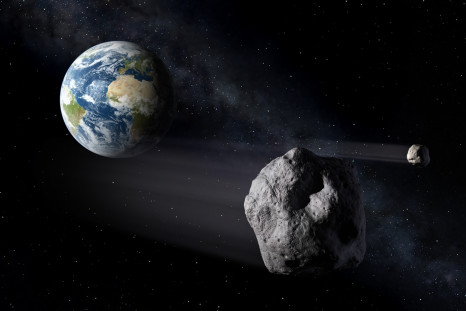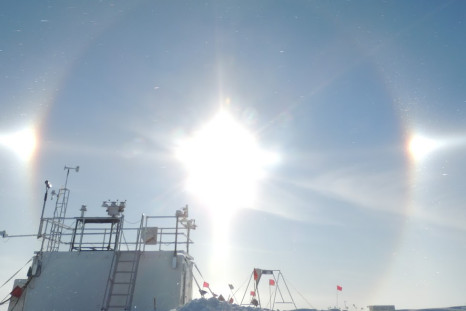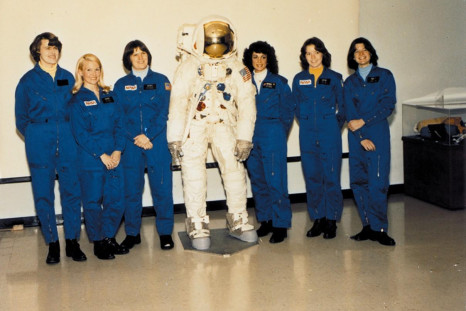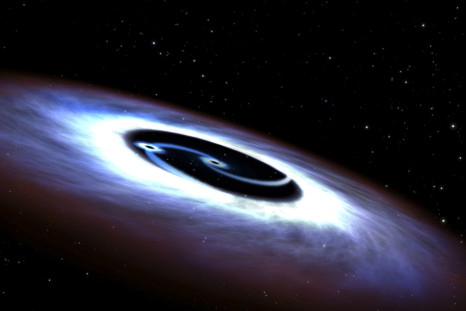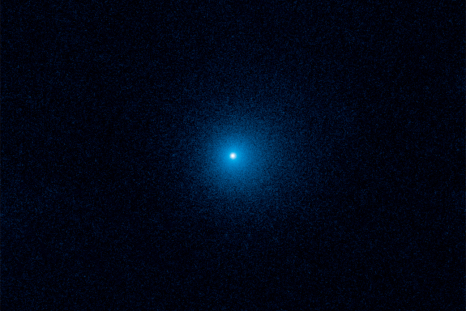Home
> NASA
NASA
UFO enthusiast claims huge structure built by aliens seen on NASA's photo of Asteroid Eros
UFO expert Scott C. Waring claims a nearly 500 meters long artificial structure possibly built by aliens on Asteroid Eros exists.
Buck Moon Lunar Eclipse to occur on Sunday: Here's when to best view it
A partial penumbral lunar eclipse occurs in the early hours of Fourth of July weekend.
Eau de Space: Kickstarter project promises to bring fragrance of outer space to people
With the help of NASA, the company hopes to give consumers an idea of the aroma that only those who closely work with space flight encounter.
NASA releases epic 10-year time lapse video of the sun
NASA's SDO has been observing the sun for over a decade now, since its launch in February 2010.
The Pulse pendant might be NASA's innovative solution to reduce COVID-19 transmissions
To make it even more accessible for those who want it, the project will require a 3D printer, a small motor, wiring, and other materials.
Scientists discover new exoplanet only 32 light years away from Earth
The scientists discovered an exoplanet classified as a Neptune-like world.
Launch details of Ingenuity Mars Helicopter as part of Perseverance Mission revealed by NASA
Ingenuity will travel to Mars attached to Perseverance's belly.
Milky Way might be home to Ocean Worlds like ours with possibility of alien life
NASA scientists believe there are more ocean worlds in our galaxy than we know of.
NASA and ESA discover cosmos' infant neutron star
The neutron star called Swift J1818.0-1607 is only 240 years old.
NASA's Curiosity Rover captures images of Earth and Venus from Mars' perspective
Curiosity Rover landed on Mars in the year 2012 and has been exploring the planet's climatic and geological conditions since.
NASA's Mars rover mission Perseverance in search of alien life delayed due to technical glitch
Perseverance is set to reach Mars in February 2021.
Mars' moon Phobos captured by NASA's Odyssey Orbiter
The images of Martian moon were taken to develop better insight into the origin and composition of Mars' satellites.
A giant Apollo class asteroid to fly by Earth on Monday
Another massive asteroid comes close to Earth after 2002 NN4.
New study claims interstellar Oumuamua is hydrogen iceberg floating in system
The mysterious object will reportedly travel another 10,000 years before exiting our system.
NASA SpaceX Demo-2 launch: How and when to watch event live online
SpaceX's Crew Dragon is now set to launch on May 30.
Tom Cruise's space movie lands Doug Liman as director
Doug Liman and Tom Cruise have reportedly been working on the project together with Paramount Pictures.
Astronomers discover one-of-a-kind Jupiter Trojan
The trojan dubbed 2019 LD2 has a comet-like tail attached to the asteroid.
Scientists reveal truth about claims 'NASA found parallel universe where time runs backwards'
Scientists did not discover alternative reality close to ours.
SpaceX Crew Dragon is at launchpad, set to put back NASA astronauts in orbit
The launch of the first of its kind mission will take place from historic launchpad 39A at NASA's Kennedy Space Center, on Wednesday.
NASA releases new space guidelines Artemis Accords
New guidelines aim to create an environment of cooperation and peace among countries aiming at exploring moon, again.
Japanese scientists try to explain what Mars could be made of in new study
Scientists at the University of Tokyo simulate the core of Mars to study its inner workings and composition.
Astronomers make breakthrough discovery with help of NASA's TESS
Astronomers discover regular rhythms of the class of Delta Scuti stars.
NASA confirms Elon Musk, Tom Cruise movie in space
NASA and Elon Musk shared their excitement to work with Tom Cruise on the movie.
Final Supermoon of 2020: When and how to best view the May Flower Moon
The final supermoon coincides with Buddha Purnima, marking important events in the life of Gautam Buddha.
Tom Cruise, Elon Musk to shoot a movie in space: report
Tom Cruise wants to shoot an out of this world movie with the help of Elon Musk's Space X.
NASA captures two massive black holes 3.5bn light years away from Earth in cosmic dance
The cosmic phenomenon was captured by now-retired Spitzer Space telescope.
Hubble Space Telescope captures Comet Atlas breaking up in rare phenomenon
Comet Atlas disintegrated while it was still at a distance of 146 million kilometers from Earth.
A 'potentially hazardous' asteroid to have a close encounter with Earth on Wednesday: NASA
Even at its closest approach, asteroid 1998OR2 will remain at safe distance from earth.
NASA astronaut's tip for parents to persuade children to study amid virus lockdown
NASA's record-breaking astronaut says following a schedule in quarantine is important.
NASA astronauts return to earth after watching coronavirus pandemic from ISS
NASA astronauts landed on Friday.





